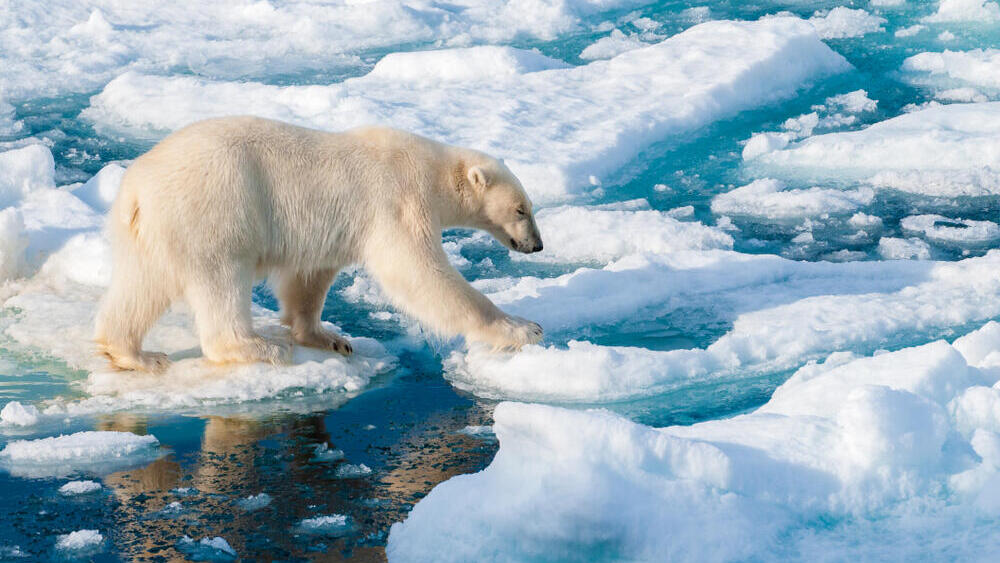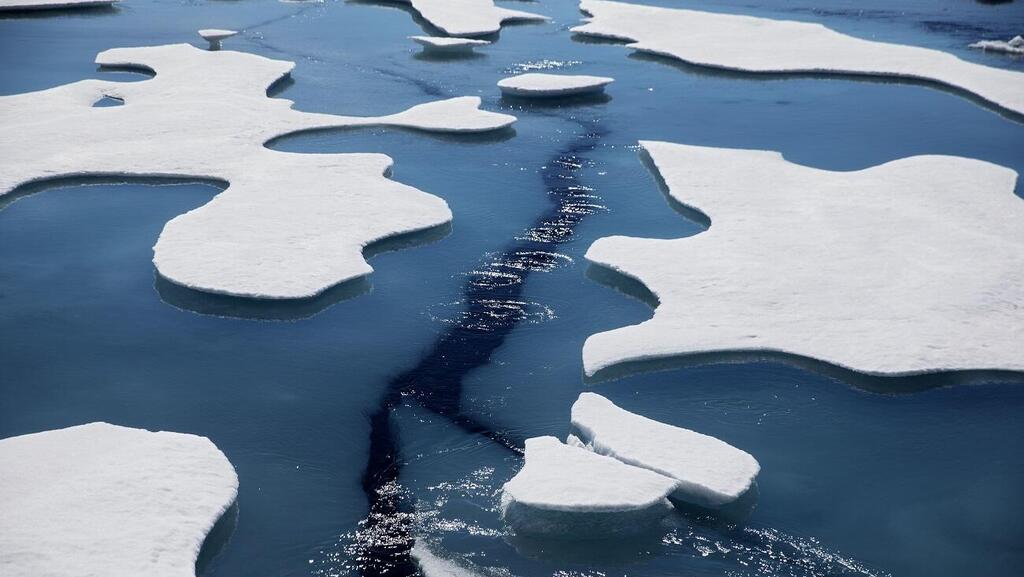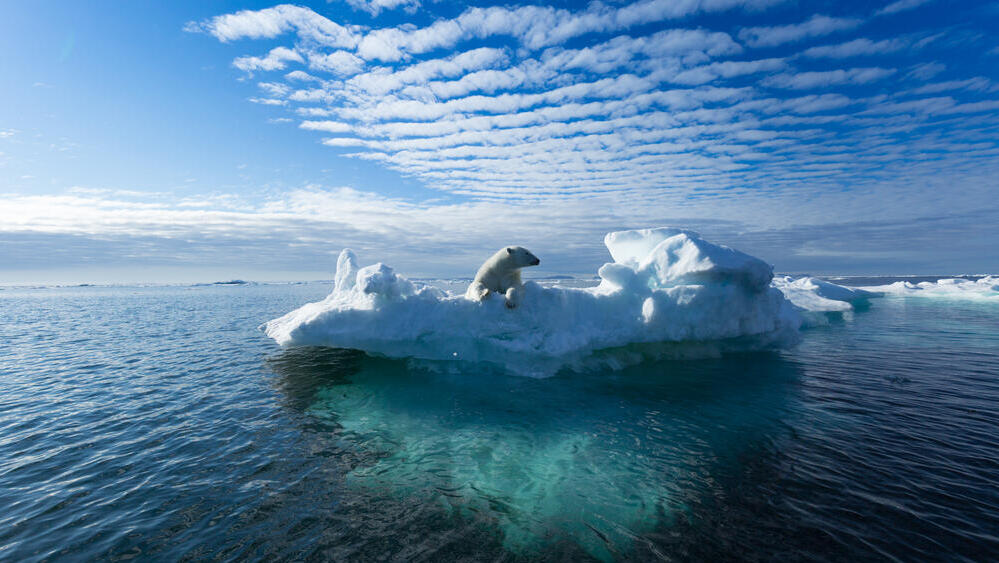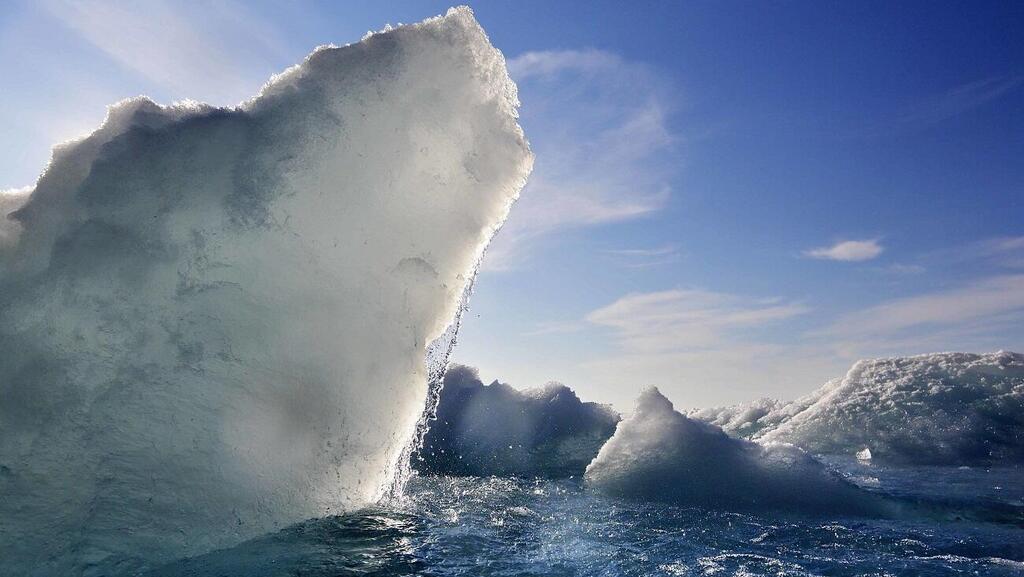The rapid melting of Arctic Sea ice is the largest, clearest and most prominent sign of anthropogenic climate change. Current projections indicate that the first ice-free Arctic summer is likely to occur in the middle of this century due to the increased concentrations of carbon dioxide in the atmosphere. However, a new study published by the "Proceedings of the National Academy of Sciences" reveals that an international protocol from 1987, designed to protect the ozone layer, is expected to delay the occurrence of this ice-free Arctic summer by 15 years.
Read more:
The Montreal Protocol imposed strict regulations on notably ozone-depleting substances (ODS), which act as significant contributors to Arctic ice loss. It was signed by United Nations member states on September 16, 1987, and came into effect in 1989.
The protocol established different timetables for developed and developing countries to meet its goals and, indeed, since the mid-1990s, the ODS atmospheric concentrations have been gradually declining. According to the protocol, all countries have specific responsibilities related to the phasing-out of the use of certain ODS, trade monitoring of such substances, annual reporting of data, and national licensing systems for the control of imports and exports of hazardous materials.
The recent study shows that the implementation of the Montreal Protocol is delaying the first appearance of an ice-free Arctic summer by up to 15 years, depending on future emissions. This achievement is one of many beneficial effects of the protocol, among them are: a significant reduction in the production and consumption of most ODS worldwide, the smallest ozone hole observed since the 1980s, over two million people each year saved from skin cancer, the signing of a comprehensive protocol involving all UN member states, the establishment of efficient and functional collective mechanisms, and demonstration that it is possible to address and tackle the climate crisis.
The researchers estimate that every 1,000 tons of ODS emissions prevented, as a result of the protocol's provisions, saves the melting of about seven cubic kilometers of Arctic Sea ice.
“While ODSs aren’t as abundant as other greenhouse gasses such as carbon dioxide, they can have a real impact on global warming," said Dr. Mark England, a senior research fellow at The University of Exeter and lead author of the study. "ODSs have particularly powerful effects in the Arctic, and they were an important driver of Arctic climate change in the second half of the 20th century.
"While stopping these effects was not the primary goal of the Montreal Protocol, it has been a fantastic by-product,” he added, while also noting that most of the negative consequences that opponents of the Montreal Protocol predicted never came to pass.
Correspondingly, there are numerous documented cases showing that the signing of the agreement improved the severe condition of the ozone layer and global climate.
“The first ice-free Arctic summer – with the Arctic Ocean practically free of sea ice – will be a major milestone in the process of climate change, and our findings were a surprise to us,” said Lorenzo Polvani, the study’s co-author and a geophysicist from Columbia University.
"Our findings clearly demonstrate that the Montreal Protocol has been a very powerful climate protection treaty, and has done much more than healing the ozone hole over the South Pole," Polvani said. "Its effects are being felt all over the world, especially in the Arctic."
Thinning of the ozone layer allows much more radiation to reach the Earth, increasing the risk of skin cancer, and causing damage to immune systems and to eyesight, as well as to flora and fauna. Among the substances that harm the ozone layer are chlorofluorocarbons (CFCs). They contain combinations of chlorine, fluorine and carbon and are used as refrigerants in refrigerators and air conditioners, as solvents and industrial cleaning agents, as foaming agents, in fire extinguishers, and as aerosols.
The Montreal Protocol, signed by all UN member states including Israel, regulated the use of these substances in order to preserve the ozone layer and thereby protect all life on Earth.





